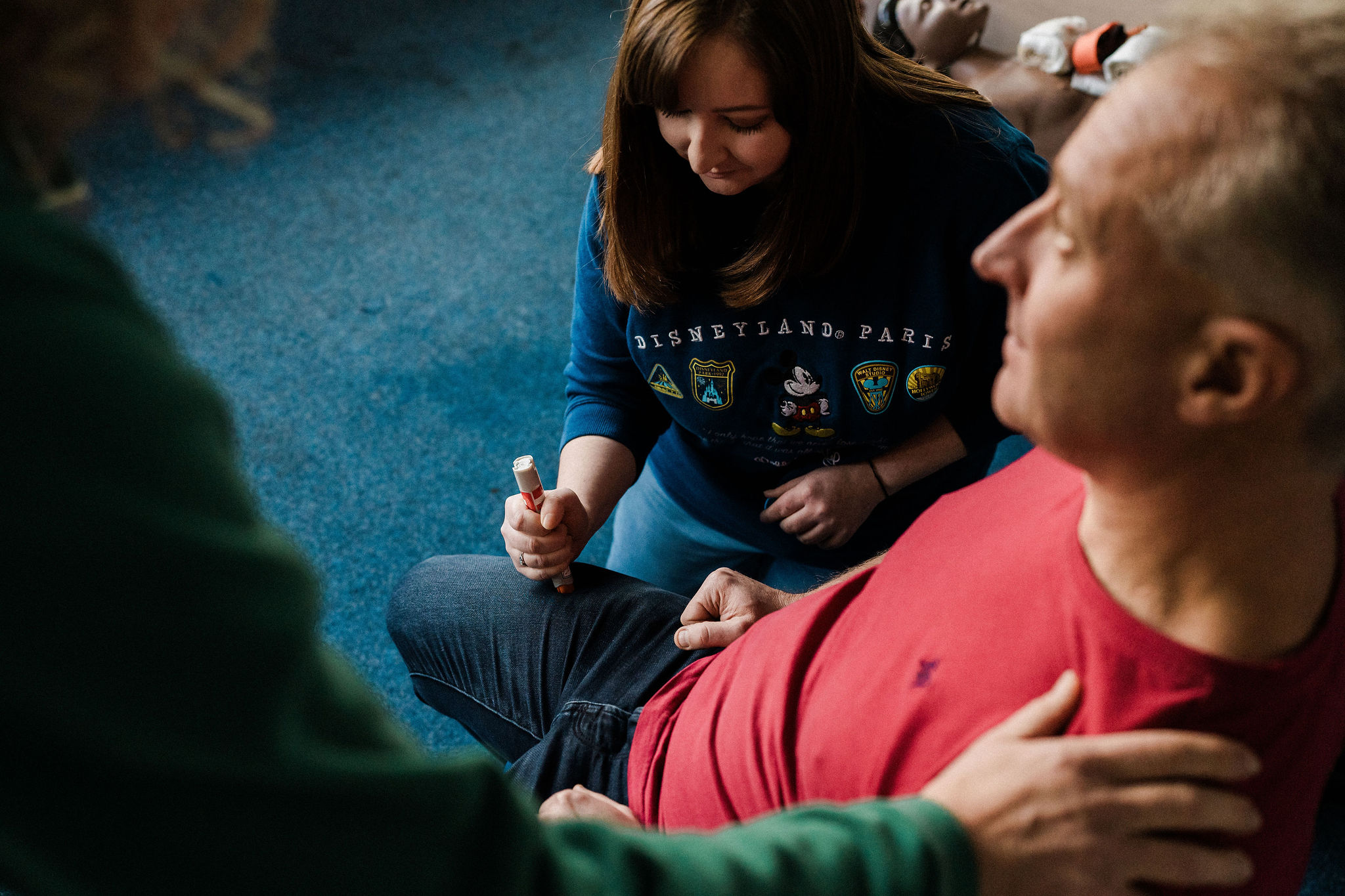Anaphylactic Shock - What to Do & How to Help

Anaphylactic shock is still an allergic reaction, but it is a life threatening severe reaction to an allergen that can affect the whole body. In an anaphylactic reaction, chemicals are released into the body that cause the blood vessels to widen, the air passages in the lungs narrow leading to breathing difficulties and swelling of the tongue and throat obstruct the airway. In cases of anaphylaxis it is vitally important you get emergency help as soon possible.
Causes of anaphylaxis include foods such as peanuts, tree nuts, milk, eggs, shellfish, fish, sesame seeds and kiwi fruit, although many other foods have also been known to trigger anaphylaxis. Some people can react to tiny amounts of food, although this rarely causes a very severe reaction.
Non-food causes include wasp or bee stings, natural latex (rubber), and certain drugs such as penicillin. In some people exercise can trigger a severe reaction – either on its own or in combination with other factors such as food or drugs (for example, aspirin).
What to look out for
- Red itchy rash or raised areas of the skin
- Read, itchy, watery eyes
- Swelling of the hands, feet and/or face
- Abdominal pain, vomiting and diarrhoea
- Difficulty in breathing; ranging from a tight chest to severe difficulty causing the casualty to wheeze and gasp for air
- Pale or flushed skin
- Visible swelling of the tongue and throat, puffiness around the eyes
- Confusion and agitation
- Signs of shock.
What to do
Follow the steps below:
Step 1
Call 999/112 for an ambulance and state you suspect anaphylaxis.
Step 2
If the casualty has had a diagnosis of anaphylaxis before then they will most likely have been given an auto-injector pen. This contains a medicine called adrenaline which helps tackle the symptoms of anaphylaxis. You should encourage the casualty to use their own auto-injector themselves. Should they be unable to do this for themselves then you can administer it to them following the instructions found on the auto-injector itself.
Step 3
Keep the casualty in a comfortable position (sitting up is best to help with breathing) and monitor their breathing and level of response
Repeated doses of adrenaline from further auto-injectors can be given at five-minute intervals if there is no improvement or the symptoms return.
